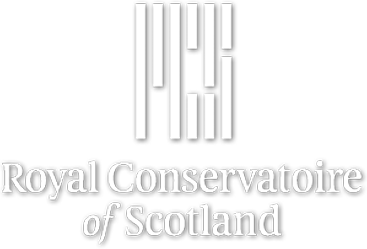Competitive Solo Bagpiping from 1947 to 2015: a reportorial a reportorial and ethnographic analysis of the march, strathspey, and reel competition.
Research output: Contributions to conferences › Paper
Contributors
About
The Great Highland Bagpipe sits at the heart of Scotland’s traditional music, widely identified as Scotland’s national instrument, and since the mid-1940’s has experienced an increase in popularity, both at home and abroad. A key factor in this development is the role of competitions, considered by many pipers and enthusiasts to be the crux of the art form.
This paper studies issues of infrastructure, canonization, and stagnation related to the solo competitive March, Strathspey, and Reel (MSR) tradition from 1947 to 2015 by way of both reportorial and ethnographic data. Prestigious solo competitions, for instance, have tripled in size, and now feature restricted entry due to the demands of an increasing pool of players vying for prizes; whilst in recent years an increasing number of pipers have identified a trend of stagnation in repertoire performed within these competitions.
The paper divides repertoire data into three time periods to track individual tune popularity, compares these datasets to identify changes in the breadth of repertoire, cites interviews to identify ethnographic trends and decision-making processes of pipers, explores the internal relationship between competitor and musician, and considers the power dynamic between performer and adjudicator. By studying and analyzing the above areas, a more holistic understanding of the development of the solo competitive MSR is achieved.
This paper studies issues of infrastructure, canonization, and stagnation related to the solo competitive March, Strathspey, and Reel (MSR) tradition from 1947 to 2015 by way of both reportorial and ethnographic data. Prestigious solo competitions, for instance, have tripled in size, and now feature restricted entry due to the demands of an increasing pool of players vying for prizes; whilst in recent years an increasing number of pipers have identified a trend of stagnation in repertoire performed within these competitions.
The paper divides repertoire data into three time periods to track individual tune popularity, compares these datasets to identify changes in the breadth of repertoire, cites interviews to identify ethnographic trends and decision-making processes of pipers, explores the internal relationship between competitor and musician, and considers the power dynamic between performer and adjudicator. By studying and analyzing the above areas, a more holistic understanding of the development of the solo competitive MSR is achieved.
Details
| Original language | English |
|---|---|
| Publication status | Published or Performed - 6 Nov 2017 |
| Event | CUK Research Student's Conference: Curiosity as a Life Force: Practice, Pedagogy and Performance - The Royal Conservatoire of Scotland, Glasgow, United Kingdom Duration: 6 Nov 2017 → 6 Nov 2017 https://www.rcs.ac.uk/about_us/aboutus/conferences/previouse-conferences/cuk-research-student-conference/ |
Conference
| Conference | CUK Research Student's Conference |
|---|---|
| Country/Territory | United Kingdom |
| City | Glasgow |
| Period | 6/11/17 → 6/11/17 |
| Other | Curiosity is the force that drives artists, scholars and teachers alike. This one-day conference is intended to generate dialogues and networks, and allow us to share our experiences of the key issues and challenges that we face in our research – and celebrate the unique contribution research students make to the life of UK conservatoires. Together, we will consider our practices, explore inter- and multi-disciplinary approaches, and throw light on the curiosity that drives us on. |
| Internet address |
